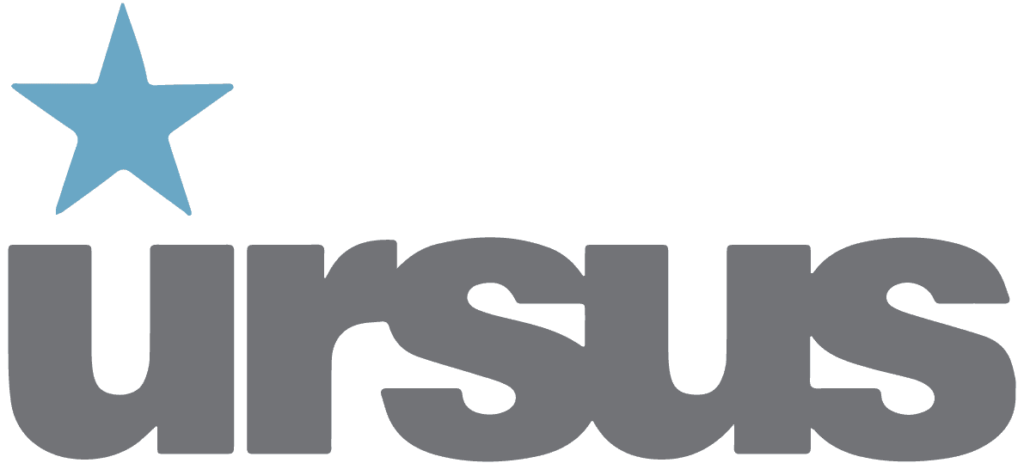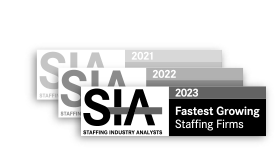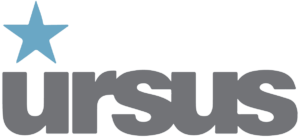As the digital revolution continues to gain momentum, the demand for creative talent has skyrocketed as companies recognize the critical role of creativity in driving innovation and competitive advantage. Whether you’re a burgeoning startup, a medium-sized enterprise, or a large corporation, the challenge of sourcing and retaining top-tier creative professionals remains a constant.
The interdependence of the CIO and CMO is as important as ever before. In a blog post, I wrote earlier this year, I noted that the acceleration of the digital transformation movement has, in parallel, also transformed the CMO and CIO job responsibilities and required skill sets and talent requirements. Almost one-third of CMOs today are leading their company’s digital transformation agendas, requiring them to forge close relationships with the CIO to deliver on the MarTech stack and digital environment. Similarly, the CIO must provide a quality of service not judged only by uptime SLA, but also by delivering a user-friendly, consumer-like experience on par with the latest trending consumer apps. The once siloed walls are coming down and the once-traditional lines of demarcation are blending into more tightly collaborative projects, often with interchangeable department talent and skills.
As you embark on this journey to build your marketing and creative teams, exploring various hiring options becomes imperative. Let’s delve into the spectrum of creative talent acquisition and explore the options available and the distinct advantages and potential challenges.
Full-Time Hire:
The traditional route of bringing on full-time creative talent involves hiring individuals as permanent employees within your organization. Full-time hires often align seamlessly with the long-term vision of your company, enabling a deep understanding of your brand ethos and objectives. Moreover, full-time employees are fully integrated into the organizational culture, potentially leading to enhanced collaboration and creativity. However, this method can be costlier, involving comprehensive benefits packages and higher salaries.
Marketing and Creative Agencies:
Collaborating with marketing and creative agencies presents a compelling option for businesses seeking access to a diverse pool of specialized talent. These agencies offer a breadth of expertise, often comprising teams of professionals skilled in various creative disciplines. Engaging with an agency allows for a fresh perspective on your brand and creative projects, and the collective experience of the agency team can deliver innovative solutions. This option offers the advantage of tapping into a well-established network of industry experts and experienced creatives; however, this approach can be significantly more expensive, and often the talent assigned to projects may not be the “A-team” despite the high rates.
On-Demand or Gig Platforms:
Platforms such as Upwork, Fiverr, and Freelancer.com have gained prominence in recent years, offering businesses the flexibility to hire creative professionals on a project-by-project basis on demand. These platforms provide access to a global talent pool, enabling you to discover specialized skills tailored to your specific project requirements. The on-demand model is particularly beneficial for businesses with fluctuating workloads or those in need of short-term creative assistance. However, managing remote freelancers may pose challenges related to communication, coordination, quality control, worker classification, background and skills screening, and access to proprietary information.
Contractors via Staffing Agencies like Ursus:
Staffing agencies like Ursus cater to businesses seeking specialized creative talent on a contract basis. Staffing agencies streamline the recruitment process, offering access to pre-vetted professionals with expertise in diverse creative fields at a fraction of the price of creative agencies. Leveraging staffing agencies allows for a more targeted approach to talent acquisition, ensuring that you find the right fit for your project requirements. Contract-based engagements provide flexibility and cost-effectiveness, as you can scale your creative team as needed without the long-term commitment of full-time hires or the price of creative agencies.
Sourcing creative talent involves careful assessment of needs, budget, and project scale, and choosing more than one option is very common. Full-time hires, creative agencies, Upwork, and Ursus each have their strengths and limitations. Combining different talent sources can help build a diverse team that meets deadlines and business goals, tailored to budget, timeline, and required skill sets.
